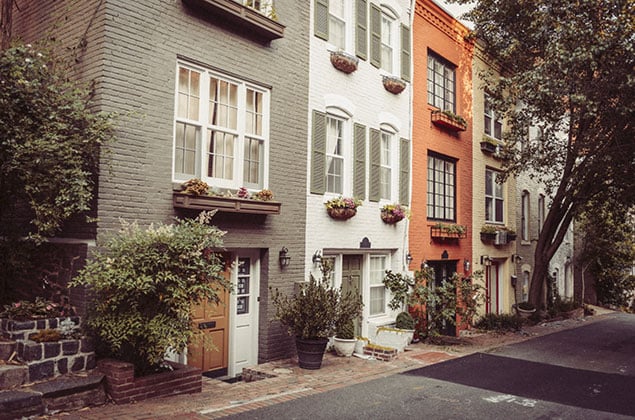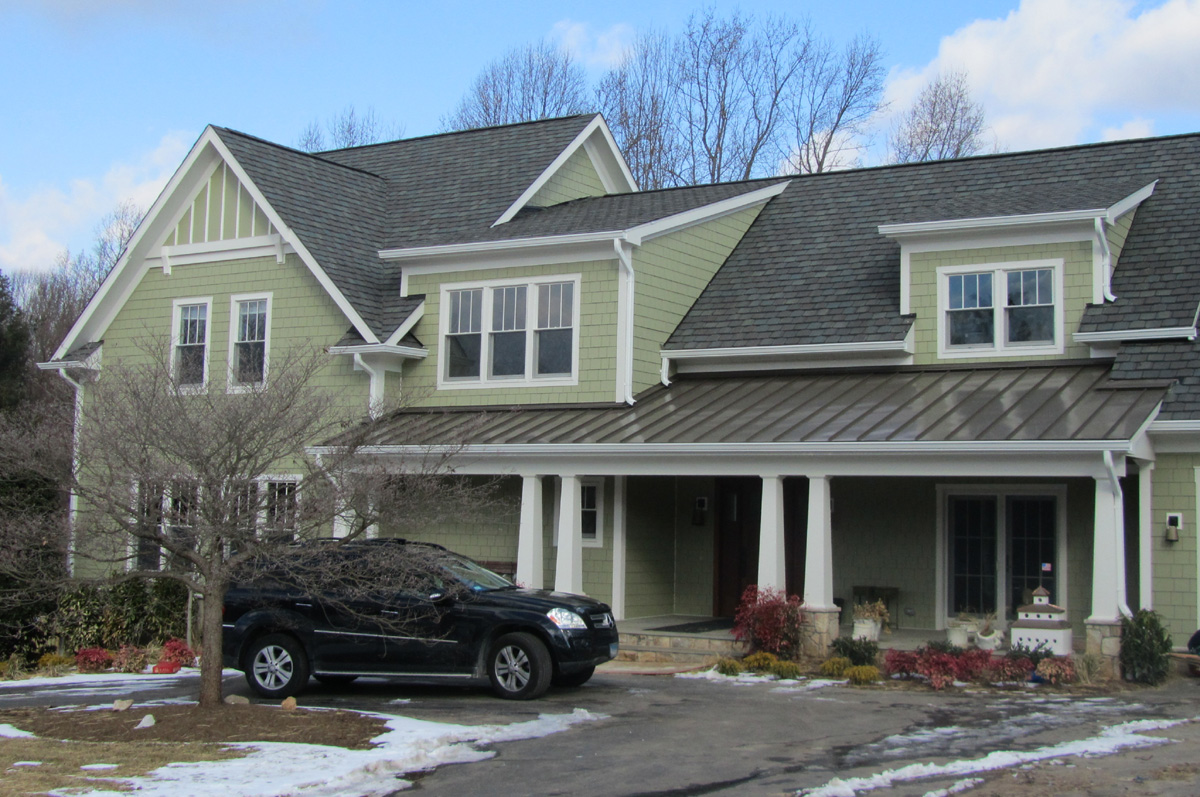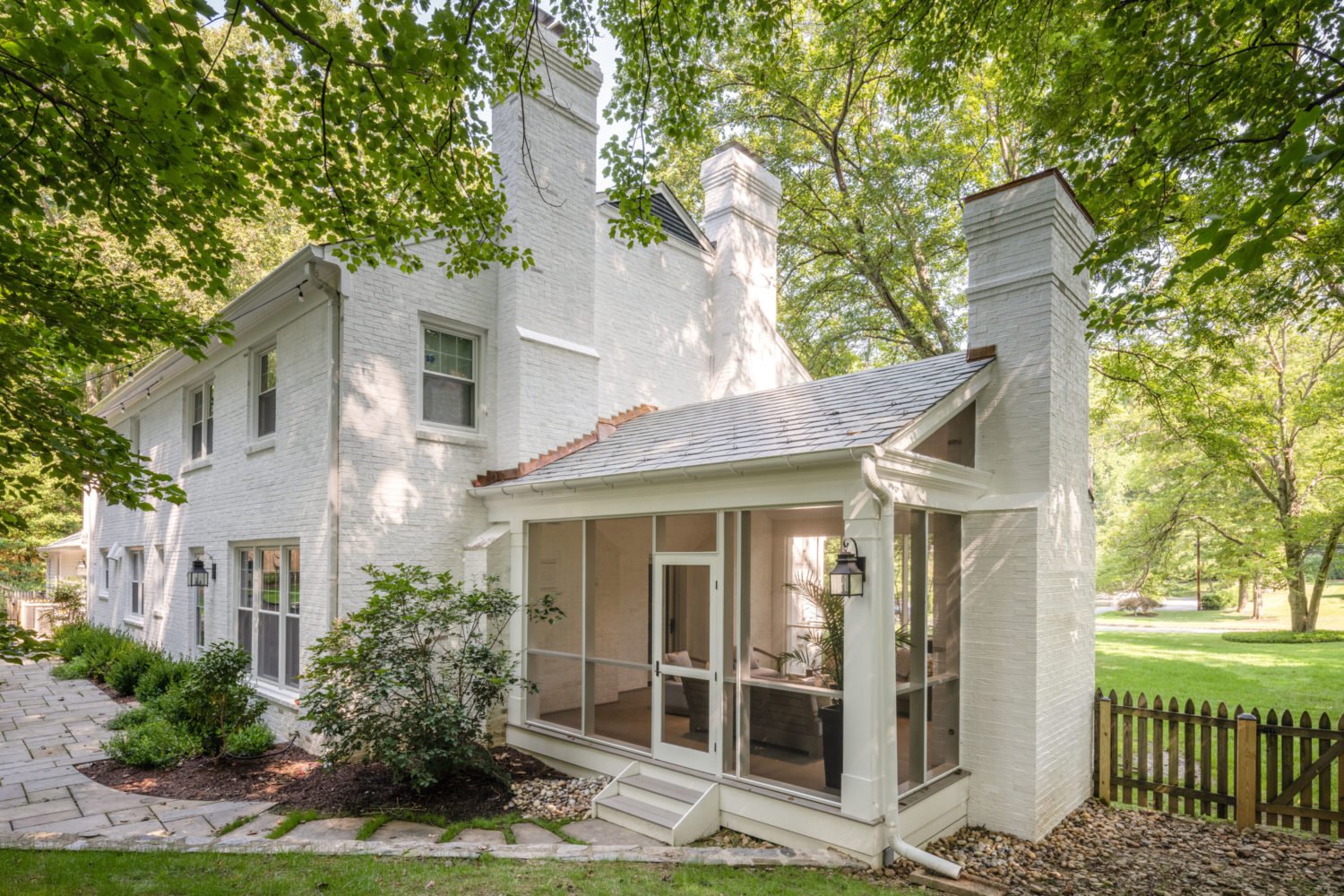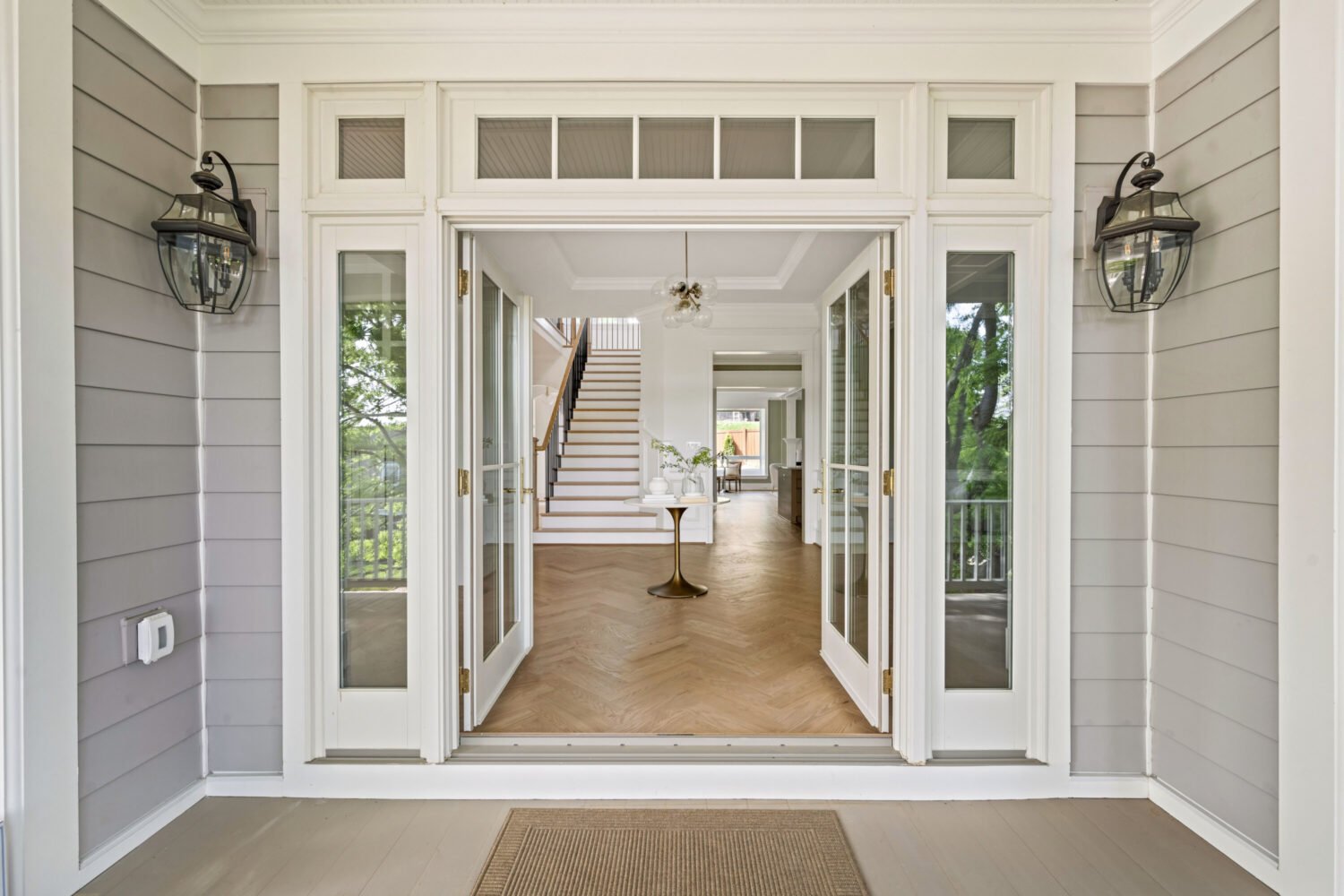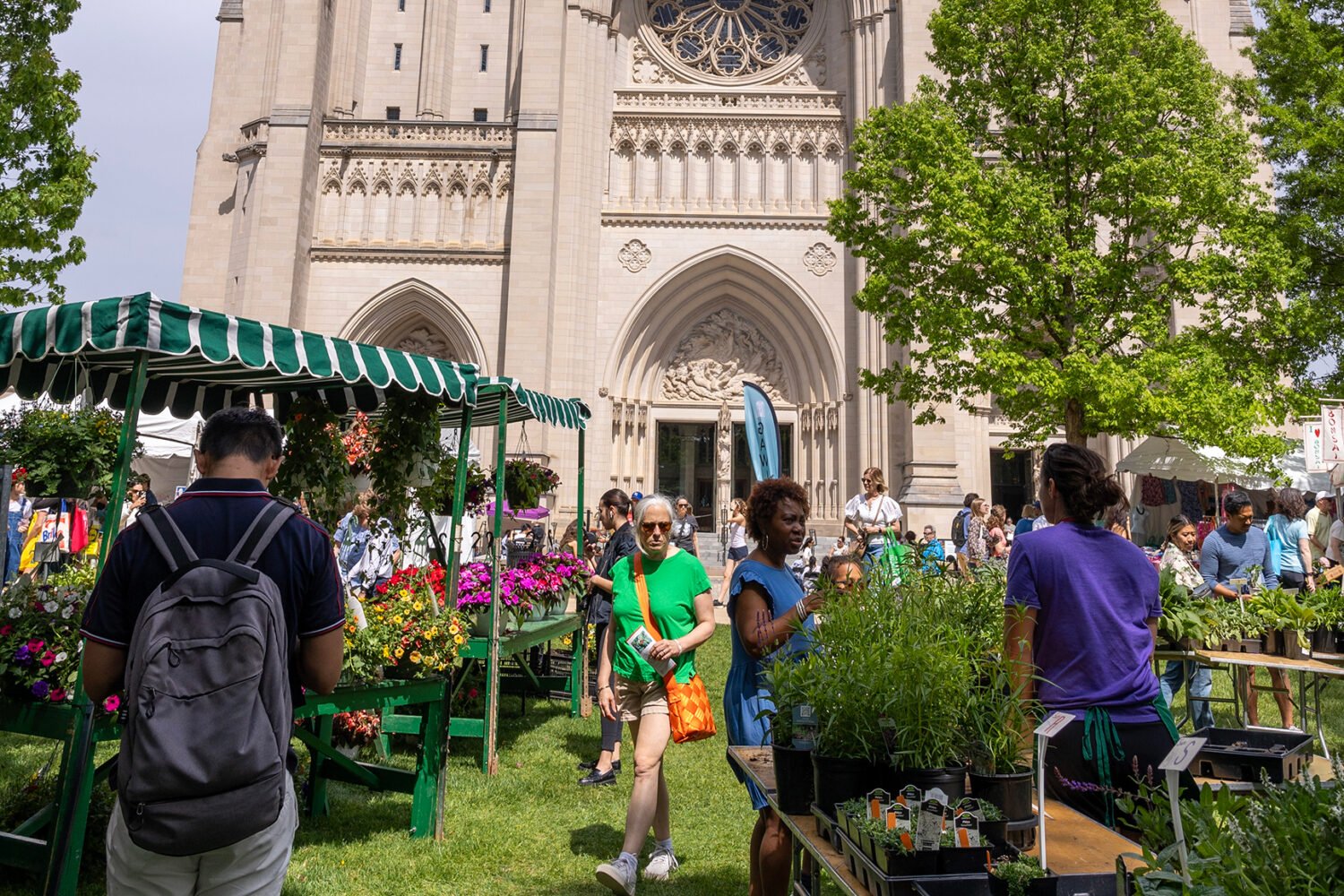Researching your house’s history is like solving a mystery. It involves collecting clues, retracing steps, and possibly unearthing a trove of fascinating stories.
“This city has always been so transient,” says Paul Williams, who runs the House History Man blog as well as Kelsey & Associates, which researches building histories in DC. “You can get a lot of famous people in American history who have cycled through a little humble house.”
But where should a homeowner start? Every jurisdiction has its own resources, such as historical societies, libraries, and city or county agencies that keep records. The Chevy Chase Historical Society, for instance, publishes material online about how to research your home’s past, while the Historical Society of Washington, DC, hosts workshops. Some people hire professional services such as Williams’s company to do the work, but you can go it alone if you’re willing to put in some time.
1. Uncover the Basics
Start with your home’s “birth certificate”—its building permit. In DC, you’ll likely find it at the Department of Consumer and Regulatory Affairs. In Maryland, you’ll have to check the state archives in Annapolis. In Virginia, you can visit Arlington’s Center for Local History or Fairfax’s Department of Public Works and Environmental Services.
There is one important caveat. Different areas began requiring building permits at different times. In the District, they became a requirement in 1877; in Arlington, they’ve been the norm since 1935.
If your house is too old to have a permit, you can try other avenues. You may be able to find it on one of the Boschke maps kept in the DC Public Library’s Washingtoniana Collection—an excellent resource that contains materials about local neighborhoods dating to the 1800s. The maps, published in 1857 and 1861, were the first to display residential structures in DC. Mortgage records are another resource. The Arlington County courthouse keeps ones starting in the mid-19th century. Many counties, such as Montgomery, have land deeds going as far back as the 1700s.
One-Stop Shop
Area historians consider the Washingtoniana Collection at DC’s Martin Luther King Jr. Memorial Library an indispensable research tool. It was founded in 1905 as a special-collections library after then-library director George F. Bowerman started compiling books and articles about the community. It has since amassed some 25,000 books, 8,000 maps, and hundreds of directories, census records, postcards, and newspaper articles dating as far back as the late 18th century.
“We consider ourselves a one-stop shopping place for those who want to research their DC houses,” says Jerry McCoy, special-collections librarian.
Everything is free to access online with a DC library card, which Virginia and Maryland residents who live in the area can acquire, too. If you’d rather visit in person, you don’t need a card, and staff is available to help with research.
901 G St., NW; 202-727-0321.
If you can track down your building permit, though, it will give you basic information, including to whom the permit was issued, who built the home, what materials were used, and how much it cost. Also check for alteration permits, which can reveal changes or additions made later on.
Once you’ve found a name associated with your house, such as its builder or original owner, your next move is to tackle a city directory—the equivalent of a phone book before most people had phones. The Washingtoniana Collection keeps a full set of these, and you can find them at historic societies and in state archives, too.
2. Dive Into the Details
City directories can reveal the occupation, marital status, race, and other details about those who lived in or were otherwise associated with your home. Anne McDonough, collections manager for the Historical Society of Washington, DC, also suggests using them to explore who else lived nearby to get a sense of what your neighborhood was like all those years ago.
If you have a city or county library card, you have online access to federal census records, which local historians cite as invaluable. Using the names connected to your house, you can pick a year as far back as 1790 to ferret out facts such as where people were born, where else they lived, and whom they were related to.
Sanborn Fire Insurance maps are helpful. The insurance company created detailed maps of neighborhoods across the country. Today you can compare them to see how areas evolved, including changes to street names and to the footprints of buildings and neighborhoods. The Library of Congress keeps a comprehensive collection.
3. Find the Stories
Now for what may become the most fascinating part of your search: digging up historic news articles and photographs.
DC’s historical society has a collection of photos taken by John P. Wymer, who from 1948 to 1952 spent his weekends photographing neighborhood blocks. Some homeowners have found old photos of their houses through his collection. Historical societies and the Library of Congress keep historic photos as well.
Archives of the Washington Post and the old Washington Star (previously the Washington Star-News and the Evening Star) can be found at area libraries. The Post began publishing in 1877, the Star in 1852. There’s no telling what you might find in them—maybe even a suicide or murder that occurred on your property.
Paul Williams’ blog is full of stories about events that took place in local homes. The building that houses the Ann Taylor Loft store north of Dupont Circle, for example, was once a mansion belonging to the widow of a man who made his fortune gold-mining out West. Abraham Lincoln reportedly attended a séance at a property on N Street in Georgetown, and an “anarchist” accidentally blew himself up in front of the R Street residence of the US Attorney General in 1919.
In addition to public records, Williams uses genealogy websites such as Ancestry.com. He has found living relatives of past homeowners through such portals: “They’re the ones that are really going to have the information and historic photographs that aren’t in the public archives yet.”
Your hunt may also give you something beyond answers to the mystery of your home. Says McDonough: “Having a sense of what has come before you can really help you understand where the city is now—and how the changes are going to impact future generations.”

